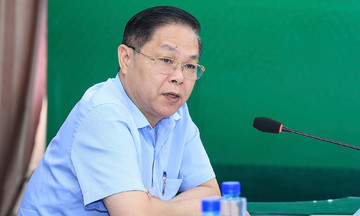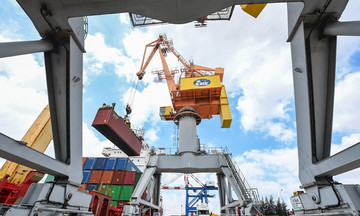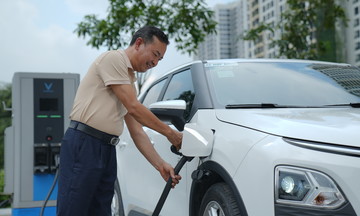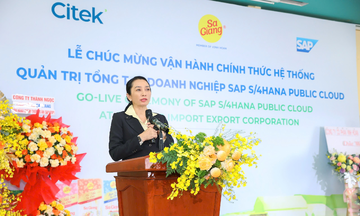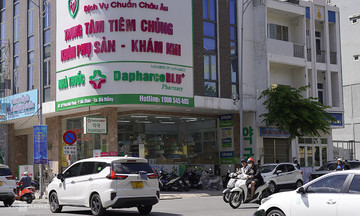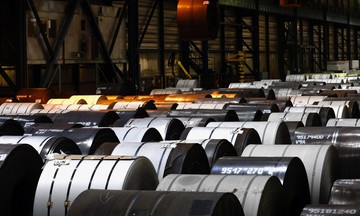The concept of "agrivoltaics" was first proposed in 1981 by German scientist Adolf Goetzberger. Instead of completely separating the two sectors, this system installs solar panels overhead, providing shade for crops and livestock while generating electricity. After more than 40 years, many countries have adopted agrivoltaics and demonstrated its economic and environmental effectiveness.
A two-in-one model
Japan is one of the pioneering countries in applying this model since the early 2000s. According to Researchgate, by 2023, Japan had nearly 2,000 agrivoltaic farms ranging in scale from a few kWp to several MWp. The model helps farmers maintain production while earning income from selling electricity, especially in rural areas facing an aging population.
In France, Sun'Agri has implemented several agrivoltaic models on vineyards. A 2024 report from PV-magazine announced a yield increase of up to 60% for the Chardonnay variety, 30% for Marselan, and 20% for Grenache blanc compared to areas without solar panels. The model helps reduce irrigation needs by 20-70%, regulates the microclimate, and protects plants from frost.
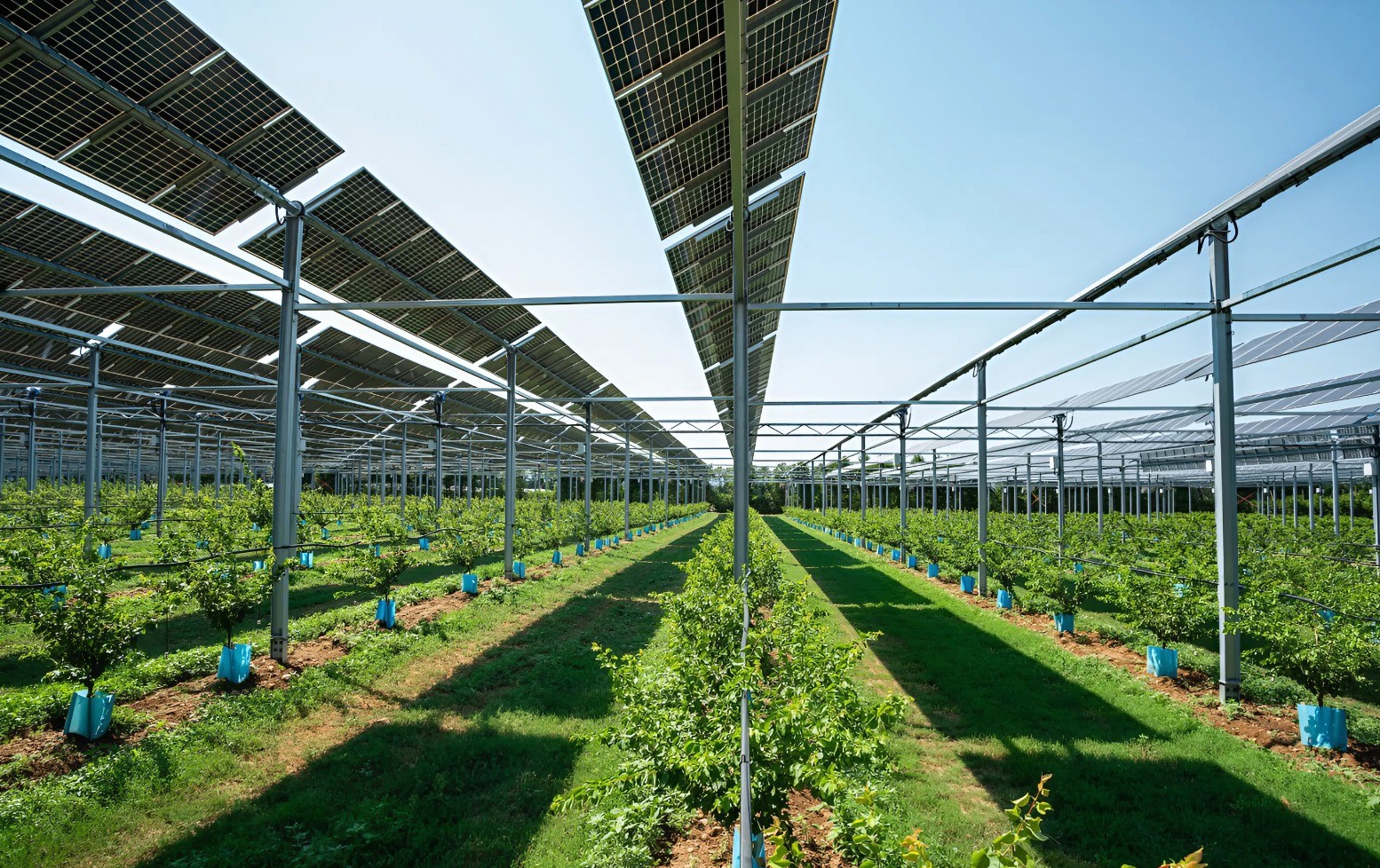 |
Vineyard under solar panels in France. Photo: Sun'Agri |
Vineyard under solar panels in France. Photo: Sun'Agri
The United States is also expanding its trials. The University of Arizona is conducting the "Agrivoltaics Co-Located Agriculture and Photovoltaics" project in the arid desert. Research published in Nature Sustainability shows that crops such as peppers, tomatoes, and kale thrive under the shade of solar panels, reducing irrigation needs by up to 50%.
One of the biggest advantages of this model is the efficient use of land. In densely populated countries, agricultural land and land for energy development often compete directly. Combining these two objectives on the same area helps reduce land use conflicts.
At the macro level, agrivoltaics helps increase the supply of clean energy without putting pressure on land resources. This model is also considered a tool to support the net-zero emissions target of many countries.
Vietnam has potential but faces challenges
Vietnam currently faces two challenges: rapidly increasing energy demand and the need to ensure food security. Vietnam aims for renewable energy to account for about 15-20% of its energy mix by 2030. According to the Ministry of Agriculture and Environment, agricultural land accounted for more than 80% of the country's total area by the end of 2023. Therefore, the potential for agrivoltaic development is enormous.
Agrivoltaics in Vietnam is in its early stages but has shown promising results. For example, in Khanh Hoa, Thao Duoc LKVN Company cultivates and processes ginseng into tea bags and canned drinks within a factory system equipped with solar panels, achieving a profit of 300 million dong per hectare annually. In Kien Giang, Ta Danh Agricultural Cooperative cultivates lingzhi and black ear mushrooms combined with solar power. This has resulted in a 30-40% increase in productivity and a 30% reduction in costs, while the cooperative earns an additional 1.5 billion dong from selling electricity.
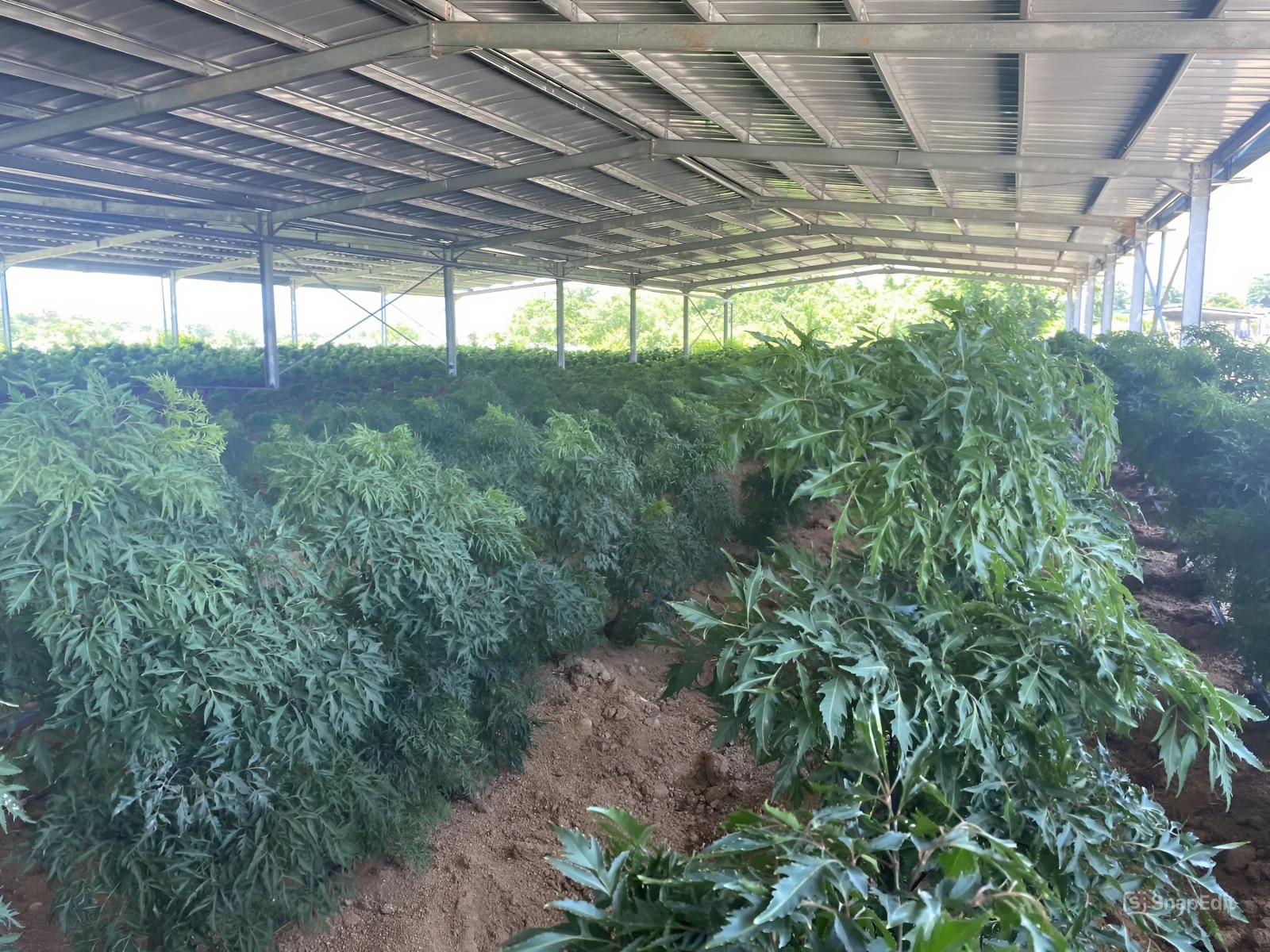 |
Ginseng cultivation under solar panels in Khanh Hoa. Photo: LKVN Company |
Ginseng cultivation under solar panels in Khanh Hoa. Photo: LKVN Company
Experts from the Agricultural Market and Institutional Research Institute (AMI) and the Institute of Agricultural Environment (IAE) have conducted initial experiments on growing crops under solar panels with varying degrees of shade. According to their findings, some vegetables, such as bok choy, water spinach, cucumbers, and squash, have higher yields when shaded by solar panels. Water spinach shaded by 70% yields up to 10 tons/ha compared to about 6 tons/ha without shade; bok choy yields 20 tons/ha when 30% of the area is shaded, higher than the 15 tons grown outdoors.
Experts believe that Vietnam has favorable conditions with high solar radiation intensity and a large agricultural labor force. However, to develop agrivoltaics, a clear legal framework for land use is needed. Currently, multi-purpose land use is not legally recognized. Investors are also unsure whether the land will be managed for energy or agriculture.
Learning from international models, Japan has had policies encouraging agrivoltaics since early on. Japan stipulates that agricultural land can only be used for cultivation. However, in certain cases (such as installing solar power), authorities can grant permits for temporary land use conversion. Solar panel installation must ensure that farming continues normally. Permits can be valid for up to 10 years.
In addition, the high initial investment cost also poses difficulties for investors. Detailed research on suitable crops and livestock for this model is also lacking.
However, in the long term, experts believe that if the government introduces incentive policies, provides financial support, and pilots projects in some localities, the model can create a breakthrough. Agrivoltaics can contribute to achieving the net-zero emissions commitment by 2050, helping farmers diversify their income in the face of increasingly severe climate change.
Hoai Phuong





